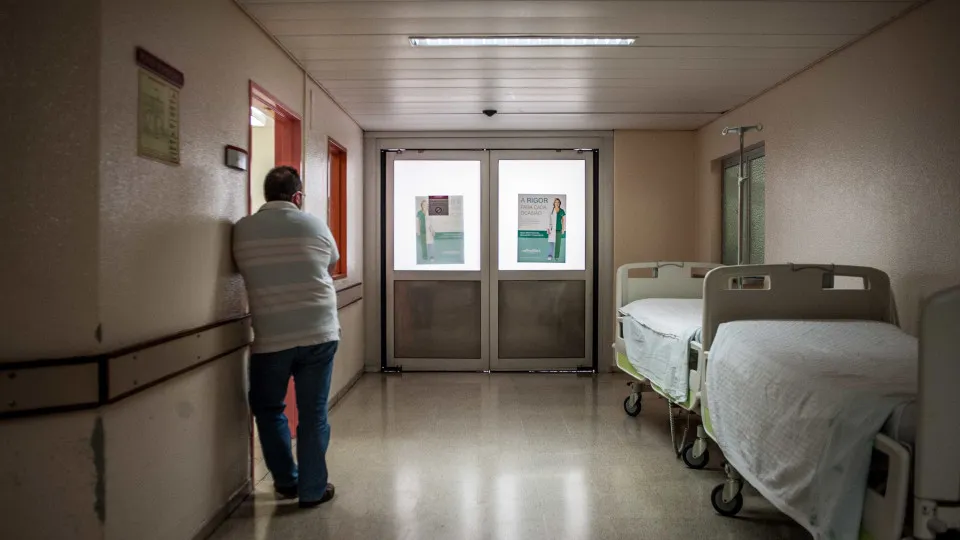The number of foreign students attending Portuguese schools has increased in recent years and in 2021/2022 there were more than 100,000, equivalent to almost one in 10 of the total universe.
The data is contained in the “State of Education 2022” report, released today by the National Education Council (CNE), which paints a picture of education in Portugal.
In 2021/2022, 1.2 million students were enrolled in primary and secondary education. In mainland Portugal, schools were attended by 105,855 children and young people of foreign nationality from more than 200 countries.
With an increase of almost 14,000 compared to the previous school year, the 79,796 foreigners between the 1st and 3rd cycles represented 9.3% of the total number of students and almost half belonged to the Brazilian community (44.6%).
Among the most represented nationalities in primary education are Angolan, with 6,613 pupils, and Ukrainian (5,019), which more than doubled in one year as a result of the war in Ukraine.
From 246 countries, there were 26,059 foreign pupils in secondary education, 3,502 more than the previous year and equivalent to 7.9%.
As with basic education, the largest community was Brazilian (40.3%), followed by Angolan (10.0%) and Santomean (8.0%).
In comparison, the proportion of Ukrainian students is much lower, at just 3.5% (924 in total).
The Lisbon Metropolitan Area concentrates almost half of the students of foreign nationality and, in the opposite direction, only 5% were in the Alentejo.
Despite the growing trend in recent years, the report notes that “at all levels and cycles of education, the proportion of foreign students with access” to the subject of Portuguese as a non-native language is low.
The CNE does, however, count students from Portuguese-speaking countries such as Brazil. In this case, for example, only 31 of the 46,103 Brazilian students attended the subject.
Among the various nationalities, Indians were the most represented in Portuguese as a Non-Mother Tongue classes in elementary school (9.6%), followed by Guineans (9.2%) and Ukrainians (8.6%).
In secondary education, students from Nepal accounted for 11.9% of all foreigners taking the subject, followed by students from India and Guinea-Bissau with 7.9% and 7.8% respectively.








